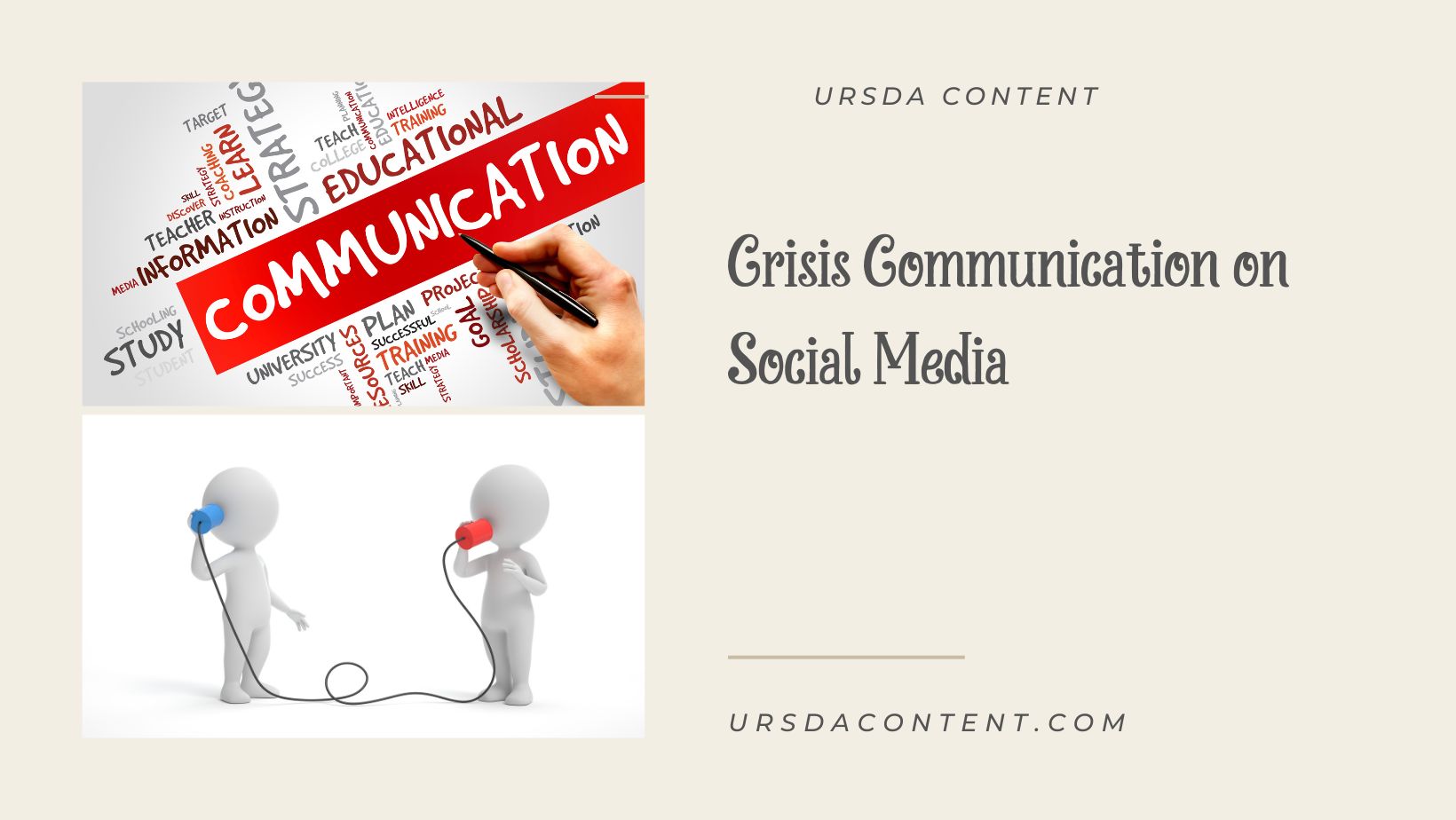
Crisis Communication on Social Media - Case Studies and Tips
In this digital age, a company's reputation can be made or broken by a single post on social media. As such, crisis management has become an indispensable tool for organizations worldwide. But what happens when a crisis hits, and how should organizations use social media to diffuse the situation effectively? This extensive guide features several case studies and offers tips on effective crisis communication on social media.
Understanding Crisis Communication
Crisis communication refers to disseminating information to help an organization deal with an unforeseen event that could potentially harm its operations, reputation, or stakeholders.
In the social media realm, the speed at which news travels means that crises can rapidly escalate. Because of that, you must have a well-thought-out crisis communication plan to manage these situations better.
Case Study 1: KFC - A Masterclass in Crisis Communication
In February 2018, KFC UK faced a significant operational crisis - they ran out of chicken. The shortages resulted from switching their delivery contract to DHL, leading to stores shutting down, employees left uncertain, and customers being left disgruntled.
However, KFC's response was timely, humorous, and transparent. They ran a print ad rearrangement of their acronym, KFC, to "FCK." The ad read, "WE'RE SORRY. A chicken restaurant without any chicken. It's not ideal." They further went on to detail the situation, ending with heartfelt thanks to their staff and funny apologies to their customers.
Lesson Learned: Transparency and a sense of humor, where appropriate, can help an organization get through a crisis and even enhance its reputation in the aftermath.
Case Study 2: United Airlines - A Crisis Mismanaged
In stark contrast to KFC, the United Airlines incident in 2017 is an example of a poorly managed crisis on social media. A passenger was forcibly removed from a flight due to overbooking, and the incident was recorded by fellow passengers and went viral.
United Airlines' initial response was defensive, insisting that they had the right to remove belligerent passengers, showing no empathy or remorse. This provoked further backlash, damaging their reputation even more.
Lesson Learned: Human empathy should always be at the core of any crisis communication. Reservation of rights should not outweigh the basic human rights of any stakeholder involved.
Important Tips for Crisis Communication on Social Media
1. Monitoring is a Must
Listen to what customers and stakeholders are saying about your brand on social media. This way, you can identify any potential crises brewing and tackle them before they explode.
2. Have a Crisis Communication Plan in Place
A well-prepared crisis communication plan is a must. It should include a strategy for internal and external communication, templates for crisis responses, and defined roles for each team member.
3. Be Fast, but Don't Hurry
In the age of social media, speed is of the essence. But responding quickly doesn't mean you should rush into a statement without assessing the situation, gathering facts, and developing a thoughtful response. A poorly considered response can inflame the situation rather than mitigate it.
4. Transparency is Key
People value honesty from brands, and honesty fosters trust. Be open about the situation (within the limits of any legal implications) and how you're handling it.
5. Apologize Sincerely and Show Empathy
If your company is at fault, offer a heartfelt apology. Customers appreciate humility, empathy, and sincerity.
6. Communicate Internally
Effective crisis communication starts within your organization. Ensure your team members are aware of the crisis and your action plan to respond to it, mitigating internal misinformation and panic.
While social media has made crises more volatile and challenging to manage, it also provides businesses with an immense opportunity to handle crises more effectively. It's an avenue to communicate directly with disgruntled consumers and the wider public, showing your brand's ability to handle a crisis with poise, transparency, and empathy.
